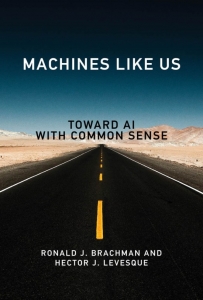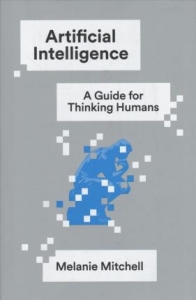“Working with AI: Real Stories of Human-Machine Collaboration” with Professor Thomas Davenport and Professor Steven Miller
There is a widespread view that artificial intelligence is a job destroyer technical endeavour. There is both enthusiasm and doom around automation and the use of artificial intelligence-enabled “smart” solutions at work. In their latest book “Working with AI: Real Stories of Human-Machine Collaboration”, management and technology experts professor Thomas Davenport and professor Steven Miller explain that AI is not primarily a job destroyer, despite popular predictions, prescriptions, and condemnation. Rather, AI alters the way we work by automating specific tasks but not entire careers, and thus freeing people to do more important and difficult work. In the book, they demonstrate that AI in the workplace is not the stuff of science fiction; it is currently happening to many businesses and workers. They provide extensive, real-world case studies of AI-augmented occupations in contexts ranging from finance to the manufacturing floor.
In this episode of Bridging the Gaps I speak with professor Thomas Davenport and professor Steven Miller to discuss their fascinating research, and to talk through various case studies and real work use cases that they outline in the book. We discuss the impact of Artificial intelligence technologies on the job market and on the future of work. We also discuss future hybrid working environments where AI and Humans will work side by side.
Professor Thomas Davenport is a Distinguished Professor of Information Technology and Management at Babson College, a visiting professor at the Oxford University and a Fellow of the MIT Initiative on the Digital Economy. Steven Miller is Professor Emeritus of Information Systems at Singapore Management University.
We begin our discussion by looking at various aspects of the environments where AI and human workers work side by side, and then discuss the concept of Hybrid Intelligence. Then we talk about the challenges that organisations are faced with while developing and implementing Artificial Intelligence enabled technologies and solutions in enterprise environments. An important question that I raise during our discussion is, are the organisations ready for large scale deployment of AI solutions. The book is full of real world case studies and covers a wide variety of use cases. We delve into a number of these real world case studies and use cases. This has been a very informative discussion.
Complement this discussion with “The Technology Trap” and the Future of Work” with Dr Carl Frey and then listen to “Machines like Us: TOWARD AI WITH COMMON SENSE” with Professor Ronald Brachman




Connect With Us